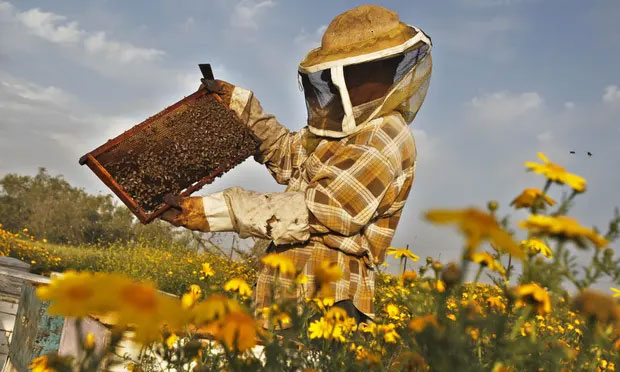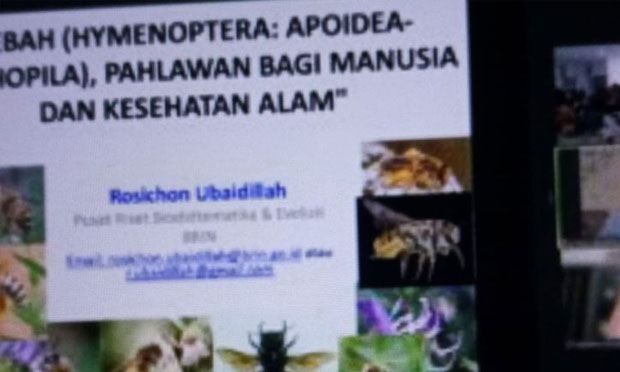
Royal jelly research could propel cure for Alzheimer’s, claim scientists

CoQ10 and royal jelly blend may boost athletic performance, study suggests

Bees offer myriad benefits for humans and nature: BRIN
Royal Jelly-A Traditional and Natural Remedy for Postmenopausal Symptoms and Aging-Related Pathologies
Women’s life stages are based on their reproductive cycle. This cycle begins with menstruation and ends with menopause. Aging is a natural phenomenon that affects all humans, and it is associated with a decrease in the overall function of the organism. In women, aging is related with and starts with menopause…
Queen cells acceptance rate and royal jelly production in worker honey bees of two Apis mellifera races
Royal jelly (RJ) is an acidic yellowish-white secretion of worker honey bee glands, used as food material of worker bee larvae for the first three days and queen bee larvae for the entire life…
Major royal jelly protein 2 acts as an antimicrobial agent and antioxidant in royal jelly
Royal jelly (RJ) is a well-known functional and medicinal food for human health promotion. Major royal jelly proteins (MRJPs), which are the major protein components in RJ, exhibit antimicrobial activities. However, the identities of the MRJPs of RJ responsible for its antioxidant effects have remained unclear…
Colony-level pesticide exposure affects honey bee (Apis mellifera L.) royal jelly production and nutritional composition
Honey bees provision glandular secretions in the form of royal jelly as larval nourishment to developing queens…
Antibacterial activity of major royal jelly proteins of the honeybee (Apis mellifera) royal jelly
Major royal jelly proteins (MRJPs) are the protein components in royal jelly (RJ). MRJPs 1–7 are detected in the honeybee Apis mellifera RJ. Although A. mellifera MRJP (AmMRJP) 2 exhibited antibacterial activity, the other MRJPs with antimicrobial activities in A. mellifera RJ remains largely unknown…
Therapeutic effects of royal jelly against sodium benzoate–induced toxicity: cytotoxic, genotoxic, and biochemical assessment
In this study, the protective role of royal jelly (RJ) against the potential toxic effects of sodium benzoate was investigated in Allium cepa L. test material with physiological, genetic, and biochemical parameters…
Molecular insights into the enhanced performance of royal jelly secretion by a stock of honeybee (Apis mellifera ligustica) selected for increasing royal jelly production
The genetic selection of a high royal jelly (RJ)-producing strain of bees (RJBs) from Italian bees (ITBs) has been conducted for nearly four decades in China since the 1980s…
Royal Jelly Attenuates LPS-Induced Inflammation in BV-2 Microglial Cells through Modulating NF- κ B and p38/JNK Signaling Pathways
Royal jelly (RJ), a hive product with versatile pharmacological activities, has been used as a traditional functional food to prevent or treat inflammatory diseases…
Royal Jelly: An ancient remedy with remarkable antibacterial properties
Royal Jelly (RJ), a honeybee hypopharyngeal gland secretion of young nurse and an exclusive nourishment for bee queen, has been used since ancient times for care and human health and it is still very important in traditional and folkloristic medicine, especially in Asia within the apitherapy…